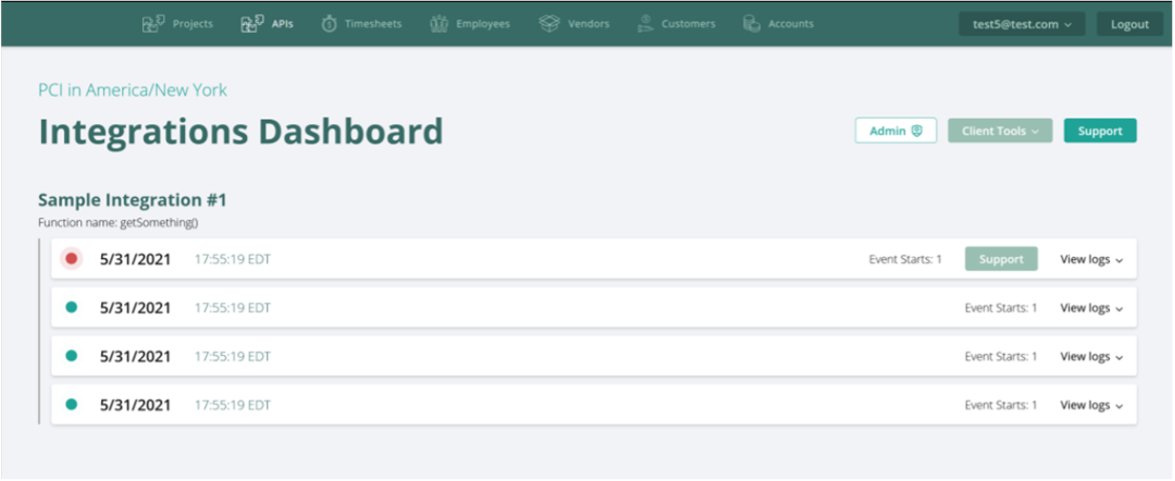We live in a world where software can automate and fix most of our business challenges. A large piece of this software success comes from APIs. To recap some of the information from our recent blogs, API stands for “Application Programming Interface.” API’s are built to connect systems to one another.
API’s allow us to purchase goods and services directly from our phones, make a dinner reservation, book travel through booking tools such as ARCH and so much more. But how does data get from one point to the other? How do different applications connect to other systems?
Ready for the ultimate API Analogy?
An API is a system that takes requests and tells the system what to do and response back to the original messenger.
When at a restaurant, you can choose from a menu of options. The kitchen is the part of the system that will prepare your order. Think of your waiter or waitress as your API. Sending the message between you and the kitchen to ensure you receive your request and delivering the response back to you (in this case, your food).
Connect with Us
Questions on API integrations? Are you interested in learning more? Join our LinkedIn Forum to discuss with experts and customers on questions and best use practices on APIs.




